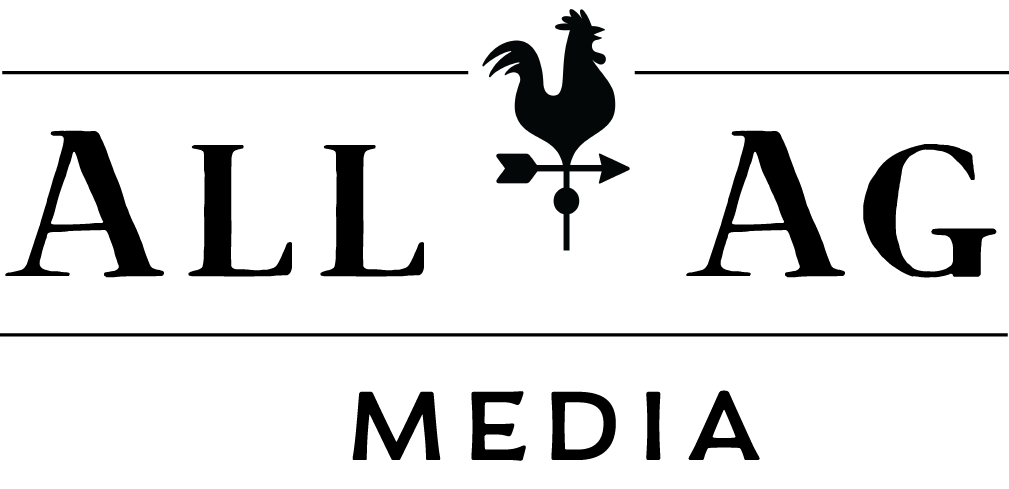Create a value proposition for your farm business
First thing’s first…what’s a value proposition?
Most definitions are pretty bland. Here’s my favorite from Peter Sandeen, who says a value proposition is:
“A believable collection of the most persuasive reasons people should notice you and take the action you’re asking for.”
A value proposition answers the basic question: why should they choose you?
It's not just some internal statement that you file away in your business plan. This is your unique advantage in the marketplace and should be the first thing people see when they visit your website.
Download the free All Ag Media Value Proposition Worksheet
Where do you start?
Always start from your customer’s shoes. You probably started your business because it was something you had a passion for. The things that get you excited aren’t necessarily the things that get your customers excited, though.
The first thing you need to do is identify your ideal customer. And keep in mind that your customer might not be the end user. If you are running a daycare for example, your customer is the parent but the end user is a child. It’s important to understand your frame of reference.
Step 1: Identify your opportunity / Identify the customer’s problem
Former Harvard marketing professor Theodore Levitt said:
“People don’t want to buy a quarter-inch drill. They want a quarter-inch hole.”
Closing sales is about winning customers. You do that when they’ve decided you are the best one to fill their need.
Let’s say you have a vineyard/winery. I’ve been told by more than one winery owner that 2/3 or more of sales come from on-site purchases. This tells you people aren’t buying convenience or even wine, they’re buying an experience. The value these businesses deliver is experiential -- they provide a place for friends to connect while relaxing and enjoying a glass of wine.
Step 2: Make a list of benefits you offer
There’s a difference between features and benefits. Features are specific attributes of your business. Benefits are why they matter.
The benefits are the value you provide or the way you solve your customer's problem. They connect on an emotional level.
Remember: sell the hole, not the drill.
For years, I’ve been trying to get my husband to get a pair of llamas for the farm. I have yet to be successful in this task, but when I bring it up, I’m sure to focus on the benefits for him:
- They’ll protect our sheep (peace of mind)
- They’ll bring me enjoyment (happy wife, happy life)
Joking aside, let's consider some more practical examples of features versus benefits:
Farm CSA
Feature: 26-week CSA Subscription
Benefit: Enjoy fresh, seasonal produce
Ag Tourism
Feature: Curriculum based farm field trips
Benefit: Engaging learning experience* tied to classroom objectives*
*Note - the engaging learning experience appeals to the customer (the teacher) who is thinking about the end user (the students) AND being tied to classroom objectives appeals to the customer (the teacher) who needs to meet certain criteria for his or her job.
Vineyard Wedding Venue
Feature: 300 acre vineyard
Benefit: Private setting for your wedding
Step 3: Differentiate
We live in a world where people are pressed for time. They want answers. They want things simple. Don’t expect them to understand how you’re different unless you tell them.
Tiffany’s isn’t the least expensive jewelry and Apple doesn’t have the largest selection of products - but these companies are successful because they focus on benefits - the motivation behind making the purchase.
There’s a reason you stand out.
Some common differentiating factors are:
- Best quality - you offer something better than your competitors
- Best value - this doesn't always mean least expensive, but rather offering a better "bang for the buck"
- Scarcity - you offer something that's unique or hard to find
- Luxury - you offer something that people don't need but they want to satisfy themselves
- Necessity - you offer something people need and can't do without
Writing the Value Proposition
After you’ve gone through the steps, you want to write a short statement that brings it all together.
A common template is: We help X do Y by Z.
Example for an agritourism operation:
We help families make memories at Old McDonald’s farm.
Another approach is: verb, application, differentiator.
Example for a sweet corn grower:
Taste summer in every bite.
Or, you can turn your value proposition into a question.
Example for a lamb producer:
Want to impress your dinner guests?
What a Value Proposition Isn’t
- A slogan
- A positioning statement
- An elevator pitch
- A catch phrase
- Hype
A value proposition will help you do more of what you love to do by telling your ideal customer why your business is the best choice.
Find out how the value proposition can fit into your overall marketing strategy. Download my free Value Proposition Worksheet. Also, please take a moment to follow me on Facebook and Instagram.
Thanks for reading and remember…#BeAmazing
